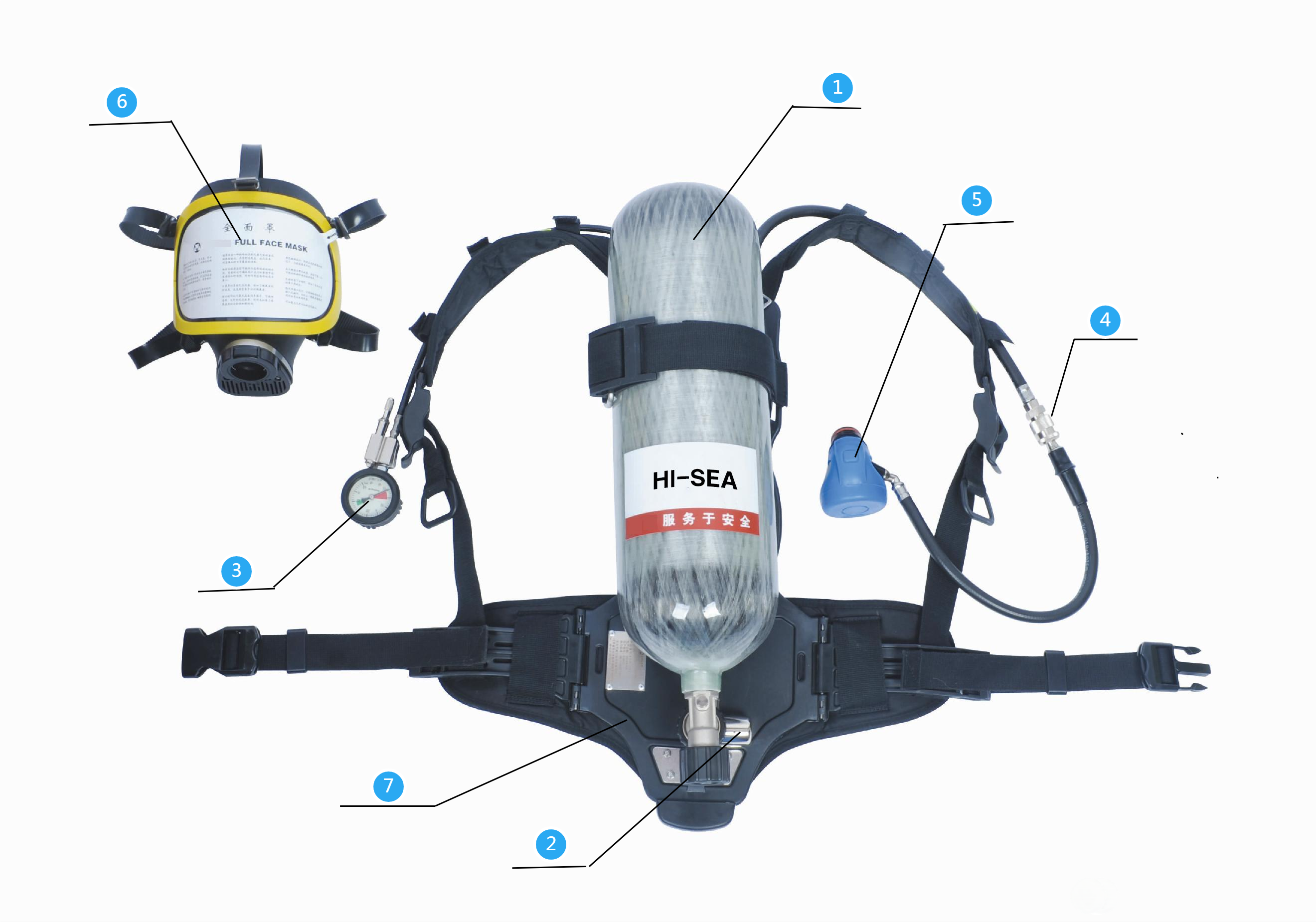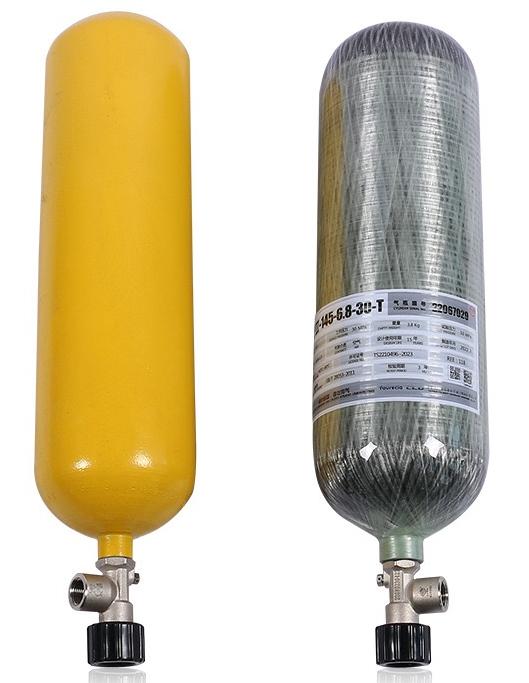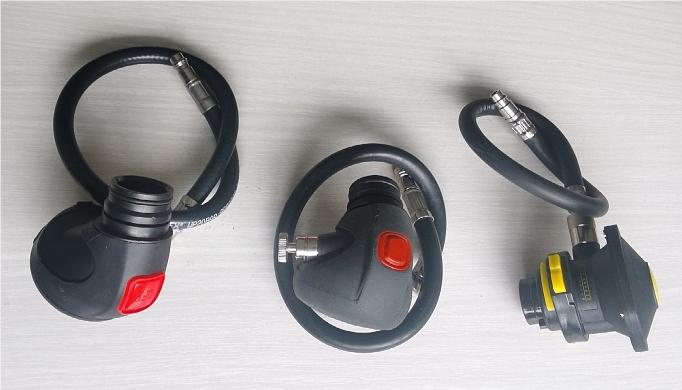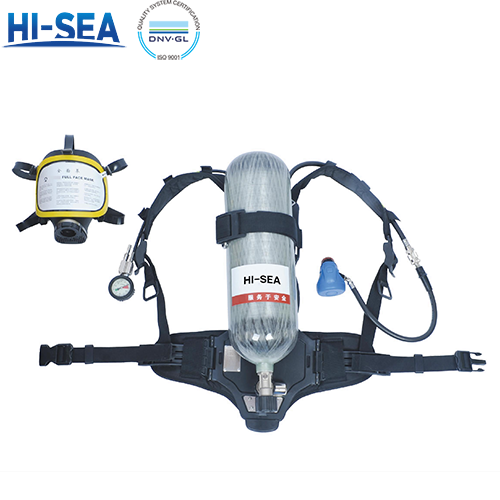
What Are The Major Components of a Self-Contained Breathing Apparatus?
The major components of a self-contained breathing apparatus include air cylinder and valve, first stage regulator (pressure reducer and safety valve), Integrated pass alarm/gauge, medium pressure hose, second stage regular (demand valve), full mask, back plate assembly with harness.
Overview
SCBA major sub-assemblies:
①air cylinder and valve
②first stage regulator (pressure reducer and safety valve)
③Integrated pass alarm/gauge
④medium pressure hose
⑤second stage regular (demand valve)
⑥full mask
⑦back plate assembly with harness

1. Air cylinder and valve
Cylinder volume is usually 5L, 6L, 6.8L, 9L.
5L and 6L are usually steel cylinder, while 6.8L, 9L are usually carbon fiber composite cylinder.
The cylinder valve is usually M18×1.5 threaded coupling air inlet, and G5/8 internal thread air outlet. But please purchase the cylinder valve from the original manufacturer. Because usually the cylinder valve made by the manufacturer can only be fully adapted to their own breathing apparatus.

1. Integrated pressure reducer
The first stage regulator keeps the pressure to the mask-mounted regulator (demand valve) at 0.75±0.15Mpa throughout the entire operating pressure range of the cylinder. This regulator has a redundancy feature to minimize the possibility of a first stage failure. This regulator will vent any excess pressure sent to the regulator from the cylinder.
The safety valve is located on the pressure reducer, when the middle-pressure is too high, the safety valve automatically opens, and pressure is reduced. When the medium-pressure returns to normal, the safety valve is closed.
The pressure gauge is connected to the alarm device and high pressure hose. When the pressure in the cylinder drops to 5.5±0.5Mpa, the alarm device continuously alarm.

Integrated pressure reducer sub-assembiles
①pressure reducer
②medium pressure hose
③Y-junction
④high pressure hose
⑤pressure gauge
⑥ whistle alarm
1. Second stage regular (demand valve)
The diaphragm in the demand valve supplies gas according to the actual air demand of people, keeping a positive pressure in the mask at all times.






